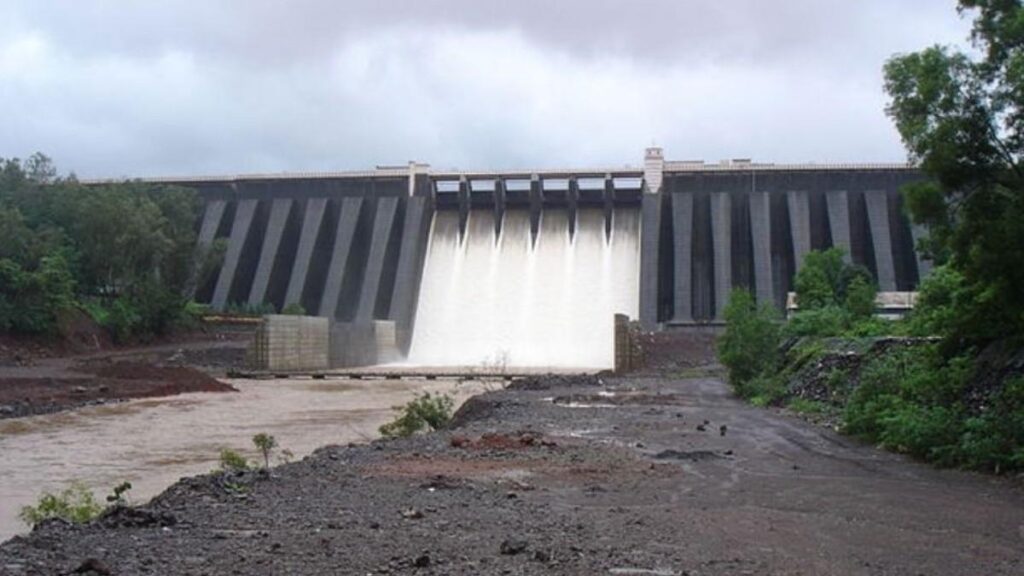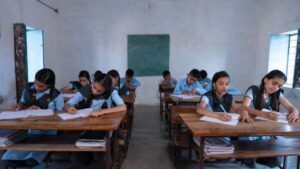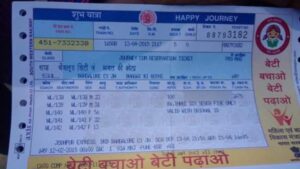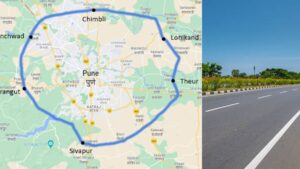All Major Dams in Maharashtra Filled to Full Capacity for the First Time Since 2018

Mumbai: All major dams in Maharashtra have reached 100% water capacity for the first time since 2018. This promising news comes just around Ganeshotsav and is expected to relieve drought-prone regions across the state from water scarcity for the next year.
Dams at Full Capacity
The Water Resources Department informed the state cabinet during its recent meeting, chaired by Chief Minister Eknath Shinde, that prominent dams such as Ujani (Solapur), Koyna (Satara), Jayakwadi (Chhatrapati Sambhajinagar), Bhatsa (Thane), and Vaitarna (Palghar-Thane-Nashik) have filled to full capacity. This marks a remarkable turnaround from last year when these dams had only about 65% water storage at the same time. The Jayakwadi dam, located in the drought-prone Marathwada region, has reached over 95% live storage, a significant relief for the area.
Even Ujani dam, which had almost zero water stock a month ago, has now reached 100% capacity thanks to heavy rainfall in the catchment areas.
Sufficient Rainfall for Sowing Operations
Maharashtra has also benefited from above-average rainfall this year. The state has received 121% of its average rainfall, which has led to the completion of 102% of the planned Kharif crop sowing operations. Last year, the average rainfall was only 81.4% around the same time, indicating a sharp improvement in monsoon activity this year.
The state’s Kharif sowing area covers 142.02 lakh hectares, of which 144.92 lakh hectares have been sown. Additionally, 305 talukas have received more than 100% rainfall, and only five talukas recorded rainfall between 50% to 75%, demonstrating widespread agricultural potential.
Future Outlook
With major dams across the state now holding full water stocks, Maharashtra is set to avoid any immediate water shortages. This development is expected to stabilize water supplies in critical regions such as Marathwada, Mumbai, and other major cities, ensuring a smoother year ahead for both urban water supply and agricultural activities.







